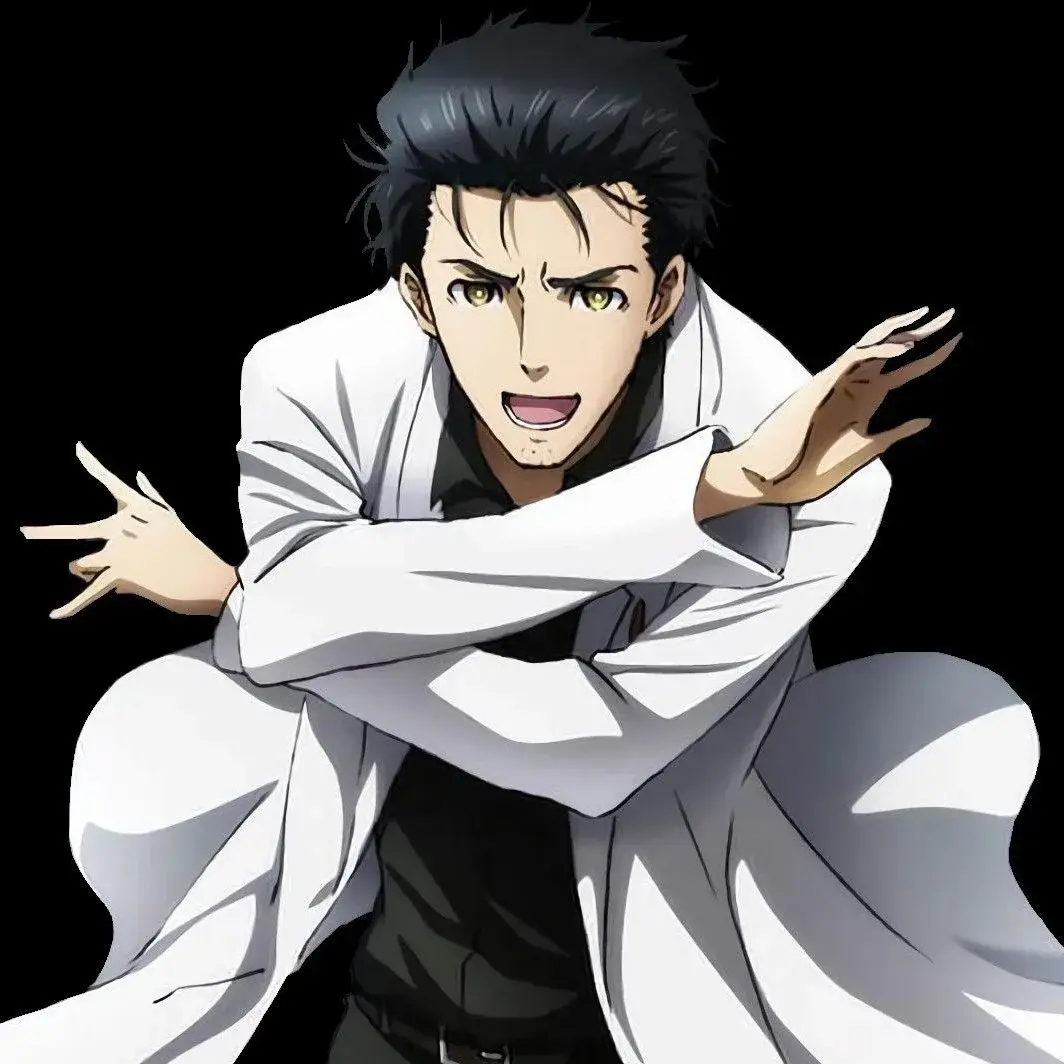Fall season and the year of 2024 is drawing to a close. Most shows have either wrapped up this past week or are wrapping up this week. So, let’s talk about it! Did anything surprise you? disappoint you? exceed your expectations? Of course, more general topics are still welcome just like any week.
As always, remember to be mindful of spoilers. If you want to know more about how to handle spoilers in this community, check the guide here (also linked in the sidebar).


Now that I’m mostly caught up, time to issue this season’s silly awards . . .
Best Dragon Award: The Do-Over Damsel Conquers the Dragon Emperor, but only for Rave and only because the competition was the lackluster Good-bye Dragon Life. I could have done without several other aspects of Do-Over Damsel, although it never quite tipped over the line into “drop this right now” territory for me.
Guilty Pleasure Award: Maou 2099. Not brilliant or deep, but there’s enough there to make it excellent beer-and-popcorn entertainment.
Blandest of the Year Award: Ao no Miburo, by a narrow margin over Good-bye Dragon Life. Uninspired historical about a painfully earnest youth (worse than the lead from Mecha-Ude) who gets involved with the Shinsengumi during the lead-up to the Meiji Restoration. I don’t know why they’re making two cours of this. Looks especially bad with Orb, another plain historical that is quite brilliant, running at the same time.
They Only Told Us Half the Story Award: Nina the Starry Bride. Pretty much none of the main plot strands were tied up at the end of the season, and I haven’t heard that there’s going to be a second.
Nastiest Protagonist Award: Wajutsushi, hands down. That they managed to make this series work despite Noel’s personality amazes me.
This is the first season where I have had no less than three series drop out in the middle—Delico’s Nursery I expected to finish at that time, and Re Zero seems to have been planned (although I hadn’t been paying enough attention to be aware of it), but I’m still not certain what happened with Haigakura.
Every year at around this time, I re-watch an older series that I thought was pretty good at the time I first saw it. Most of them have held up, although I occasionally draw a dud like .hack//sign. This year, I picked Concrete Revolutio (24 eps, made by BONES, aired 2015-2016), an odd little show that I’ve always considered the anti Boku no Hero Academia (which premiered around the same time), although damned if I could remember any details of the plot before this refresher.
The time is the late 1960s. The world is full of superheroes and supervillains of every possible origin: aliens, time travellers, legendary monsters, people from other dimensions, mutated humans, and cyborgs and robots created by various governments for their own purposes. Our protagonists work for a Japanese government bureau that’s charged with protecting superhumans from forces that would oppress them, while most of the rest of the government is trying to do what you would expect the government to be trying to do when there are potential new military toys wandering around loose. Our main character longs to be a hero of justice, but against a background of corrupt institutions, violent protests, government coverups, and the general public acting in ways that aren’t in their own best interests, what is justice, and what is a hero?
So why does no one remember this show anymore? First of all, the story jumps back and forth a lot in time (especially near the beginning), making it a bit difficult to follow. They do put up year/month labels during time skips, but that’s less helpful than it could be because they’re using Showa Era years with a made-up era name, not the standard Gregorian Calendar years, so it takes a while to pin down that their “year 20” is 1945.
Another reason is the visual aspect of the show. The background designs are best described as “quirky”. Most of the shading is done in coloured polka-dot screen tone, not standard cel shading. The result is vibrant but peculiar, and can sometimes get a bit overwhelming.
(The third reason, if you need one, is that it isn’t as straightforward a story as BnHA. Lots of shades of grey, lots of compromises, lots of Lawful Evil. People making horrible mistakes, or letting the end justify the means. It’s difficult to find anyone in this mess that you can cheer for without reservation all the way to the end.)